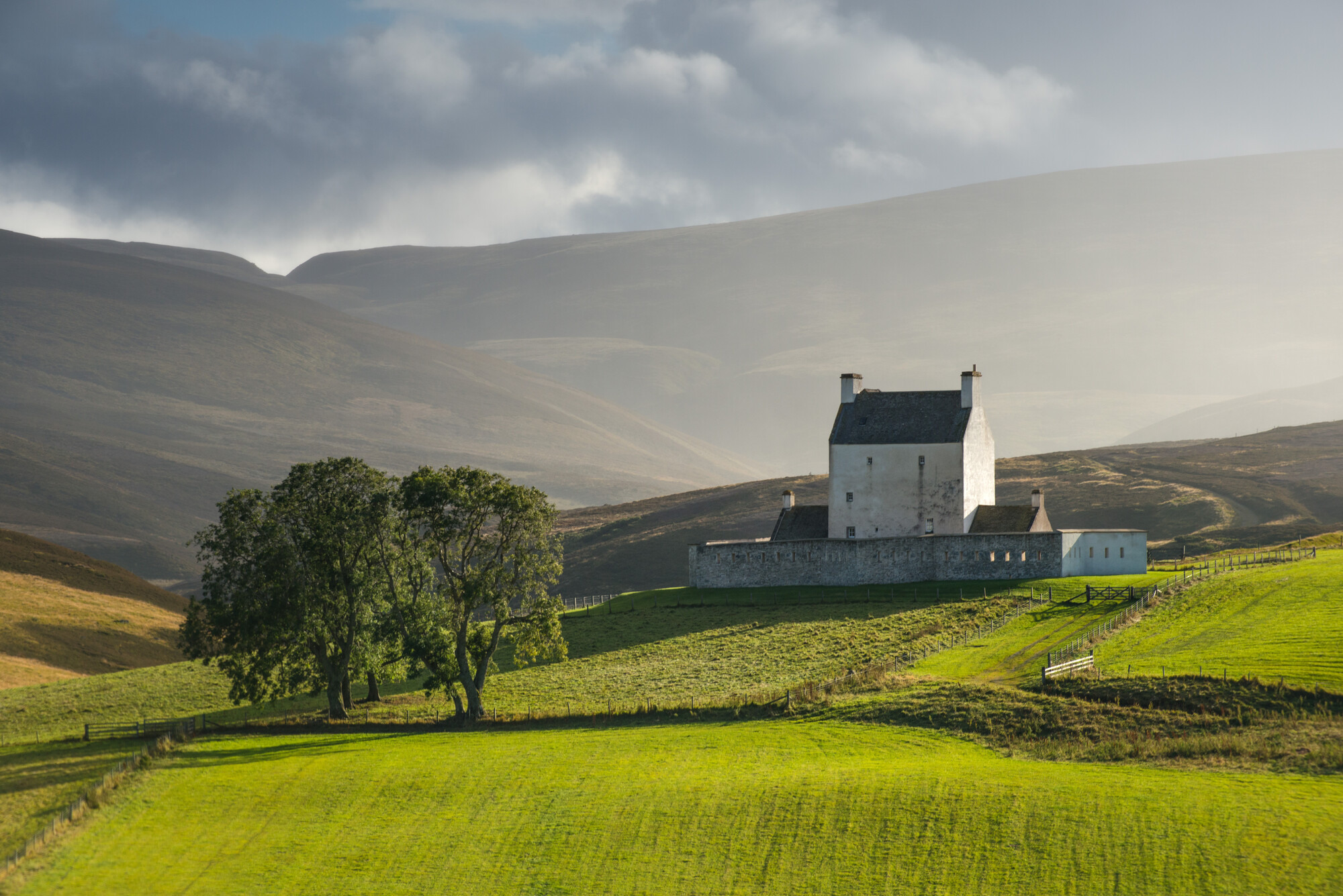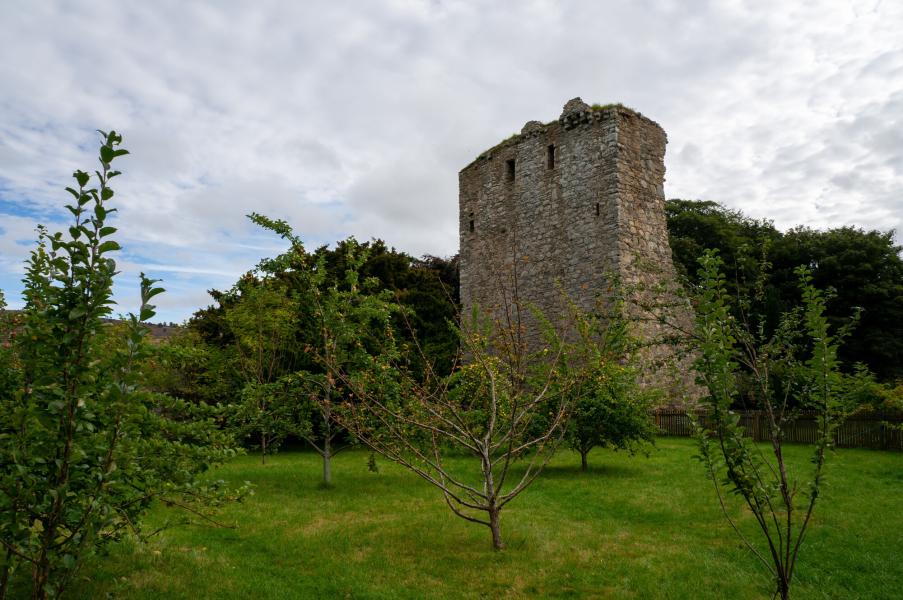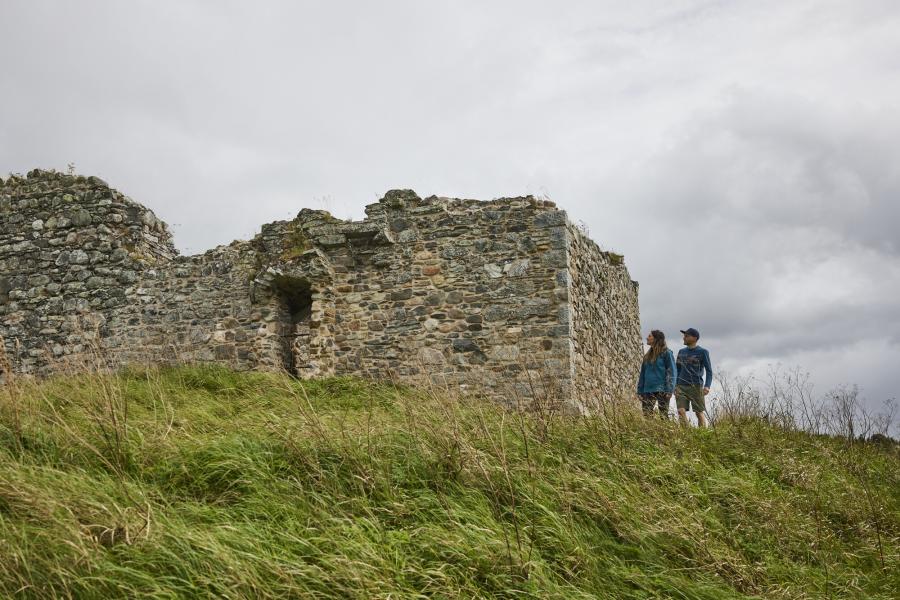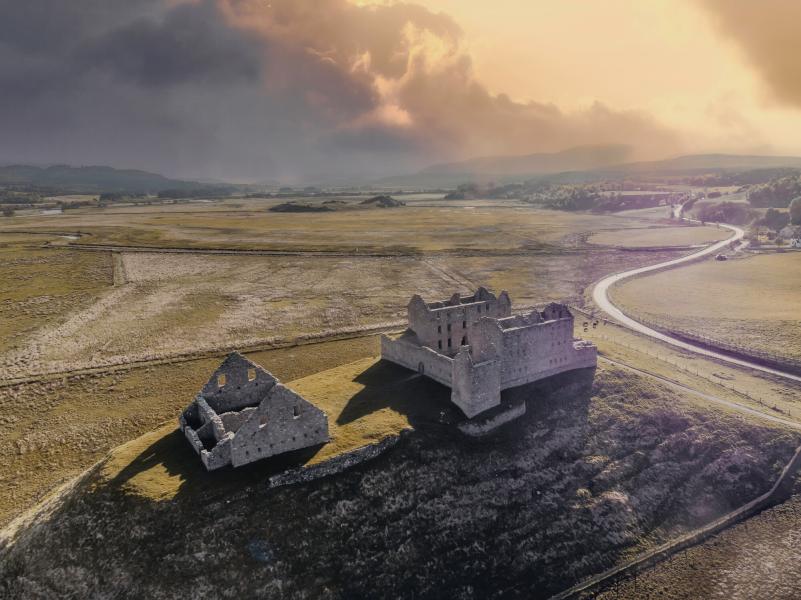Castles and ruins

As an area steeped in clan history, royal connections and stories of Jacobite uprisings, it’s no surprise that the Cairngorms National Park has many castles and ruins to explore.
Castles that are open to the public
Castles make quite impractical modern homes, so few remain inhabited today. However, an exception to the rule in the Cairngorms National Park is one famously well-used castle: Balmoral. Its royal history dates back to 1390 when King Robert II of Scotland built the original castle as a hunting lodge. Hundreds of years later, Queen Victoria took a particular liking to the estate. After Prince Albert bought it for her, she laid the foundation stone for the baronial-style castle that welcomes today’s holidaying royals.
To the south of the National Park is another castle that was also a family home for many years, although it is now the headquarters for a philanthropic organisation. Blair Castle, near Blair Atholl, is an incredibly well-preserved fortification. It dates back to 1269 but has seen many renovations and additions since then.
Two other castles in the National Park are open to the public: Corgarff Castle near Strathdon, and Braemar Castle. These were both used as military bases from which to hunt down Jacobite sympathisers during rebellions in the 18th century, though the inhabitants of Braemar changed alliances a few times in the run-up. Around this time, Corgarff’s famed star-shaped perimeter wall was added.

Castle ruins
On an island on Loch an Eilein sits the ruins of a castle which was first built in the 14th century. It underwent several modifications over the next few hundred years, eventually falling into disrepair. Despite this, it has remained an iconic spot in the National Park, attracting many a photographer on a misty morning. Rising water levels have submerged a causeway that once linked the island to the loch shore.
A few miles away is Castle Roy, a 12th-century fortress, one of the oldest in the region. Castle Roy became a stronghold of the Clan Grant, who were a significant force in the area during medieval times. A big community effort led to Castle Roy opening to the public in 2022, and it is now used for events.
Ruthven Barracks, near Kingussie is where the Highland army gathered in 1746 after the battle of Culloden, only to be told to disband bringing an end to the last Jacobite rising.
Over in Aberdeenshire, three more significant ruins include Drumin Castle, Kindrochit Castle and Knock Castle. These castles served a similar strategic purpose: controlling routes through the Highlands and acting as power bases for their owners. Kindrochit Castle was crucial in overseeing routes through the Cairngorms, while Drumin Castle and Knock Castle were positioned to dominate important valleys and river crossings around the rivers Avon and Dee.
Related
Languages
Language is the bedrock of the Cairngorms National Park, telling stories of the land and people. Take any place name, and folk stories or facts might be revealed. After English, the main languages are Gaelic, Scots and Doric.
Archaeology
From hunter-gatherer activities to medieval agriculture, archaeology has helped piece together important historical events in the Cairngorms National Park. Today, the area remains a living history of the diverse communities who called these hills and glens home.

Castles in the Cairngorms
Head to VisitCairngorms to learn about the castles of the Cairngorms, find out about opening hours, and more.







